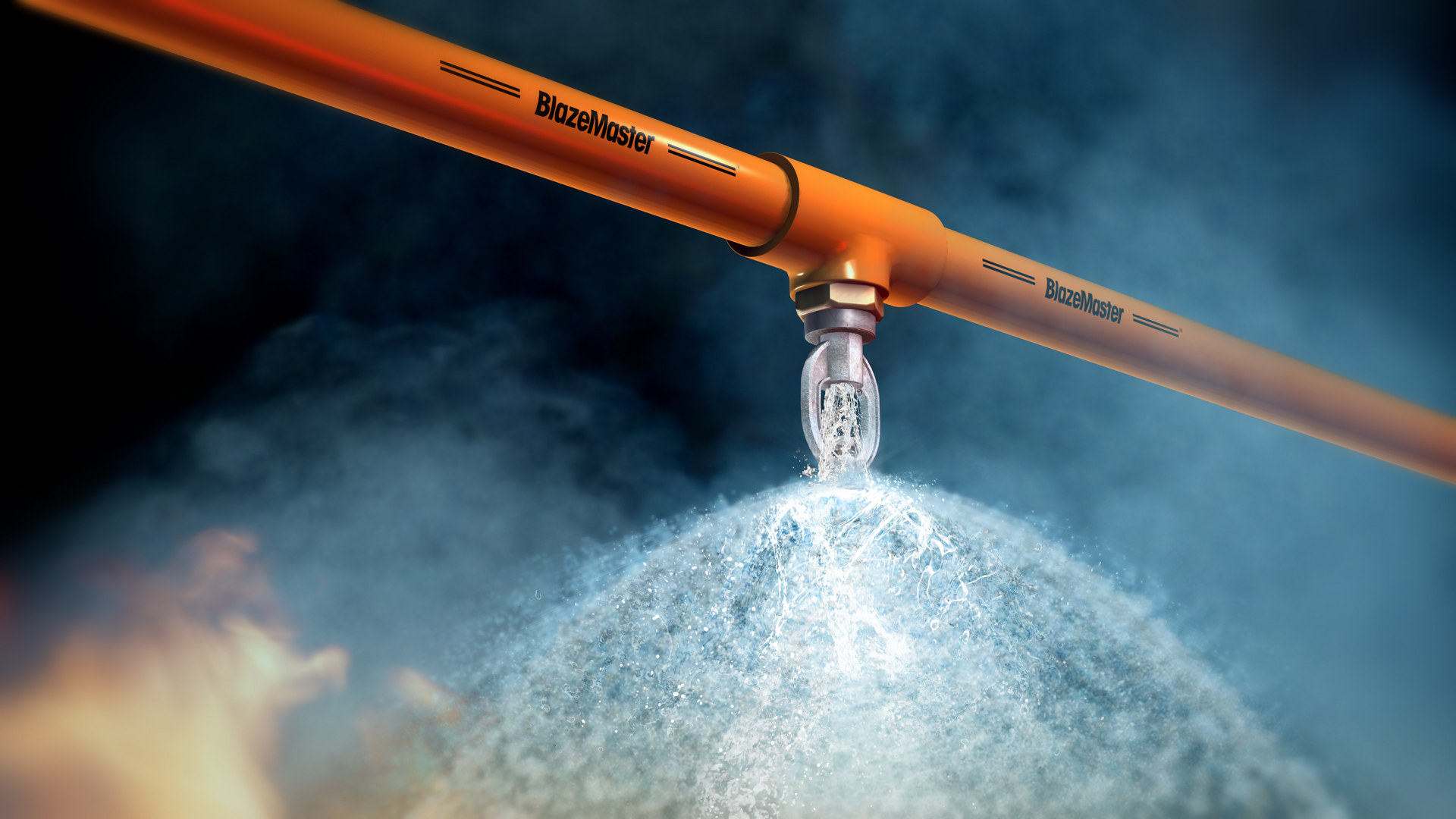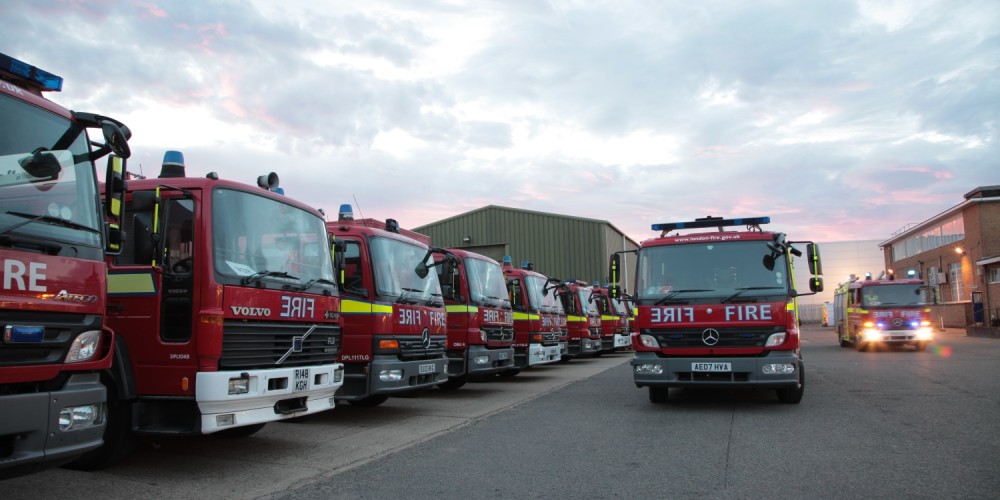The Definitive Guide to Fire Suppression and Brigade Preparedness
The Definitive Guide to Fire Suppression and Brigade Preparedness
Blog Article
Fire safety is an essential responsibility. Integrating modern tools with human readiness is the most effective way to control fire outbreaks. Sprinkler systems and fire brigade training complement each other to reduce damage.
Understanding How Sprinklers Work
Fire protection networks are built for rapid fire control. These systems activate upon detecting heat to release water. Individual nozzles targets the affected area, ensuring efficient operation.

Critical aspects of sprinkler setups include:
- Nozzles: Activate to combat flames.
- Water transport systems: Maintain water pressure.
- Safety hubs: Oversee system activation.
- Emergency water systems: Supply water for effective firefighting.
The Importance of Emergency Preparedness
Beyond the capabilities of sprinklers, organized responses enhances overall protection. Fire safety exercises teach individuals to act quickly and handle unexpected challenges.

Essential elements of emergency preparedness programs include:
- Risk assessment: Promoting safety awareness.
- Exit strategy training: Improving exit coordination.
- Extinguisher training: Practicing fire suppression tactics.
- Coordinated responses: Encouraging teamwork under pressure.
Quanto custa para instalar alarme de incêndio?
Quais são os tipos de sprinklers?
The Synergy Between Technology and Preparedness
Using both technology and human readiness enhances fire response efforts. As sprinklers act as the first line of defense, organized responders assist with evacuations.

When combined, these systems reduce fire impact in homes and apartments, offices and businesses, and manufacturing plants alike.
Why Sprinklers and Training Are Essential
Fire safety technology and skilled responders create a safer environment. Equipping buildings with these tools protects lives and property for critical situations.
Take the next step in fire safety today by installing sprinkler systems. Your safety depends on both systems and skills!
Report this page